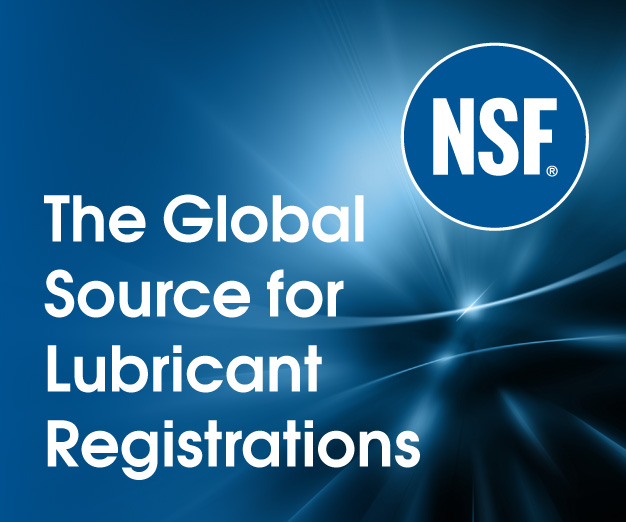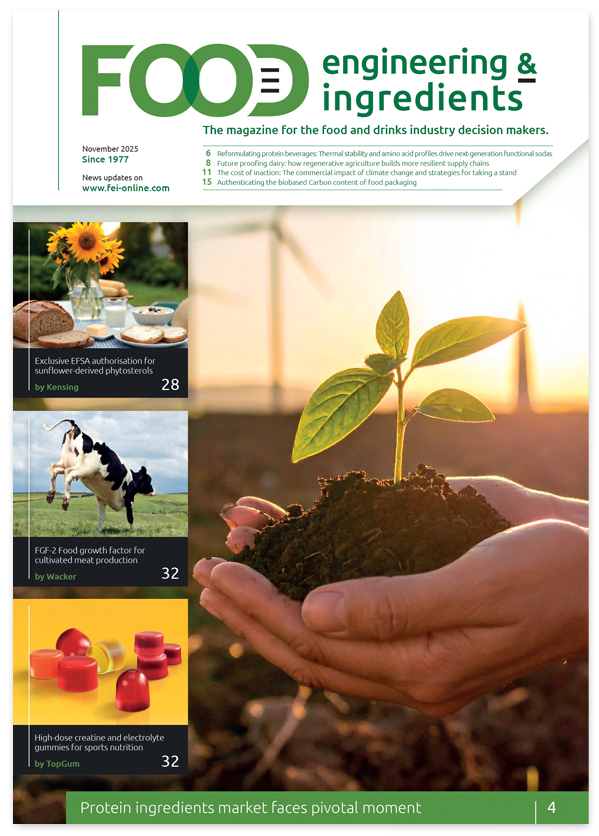Gulpener and its brew house of the future
Gulpener is a household name in Limburg. The family-owned brewery has made a name for itself in the Dutch province and in the rest of the Netherlands by making sustainable, local beers and pilsners. This year, the company opened a brand new brewhouse, aiming to produce beer fossil-free by 2030. Willem van Kuyck reports.
Gulpener Beer Breweries is truly a trendsetter. In the 1990s, Jan Paul Rutten’s father decided to steer the brewery away from the industry trend at the time. It was the era when consolidation was the norm and major groups were either merging or acquiring local and national breweries. The key word was economy-of-scale, rationalizing production to decrease cost and improve profitability.
“My father didn’t like this development,” said Rutten, the director and 8th generation of the family-owned brewery. “He also realized that Gulpener needed to distinguish itself, as competing on price was not an option as larger breweries were able to produce at lower per litre costs. Therefore, he emphasized the locality of the product and the way the product was produced, meaning in a sustainable manner with respect for nature and the local population – the planet and people factor – and thus generating a business case, meaning profit.”
Local business
Initially, Gulpener invested in equipment to recover heat and to clean wastewater to make the brewery as environmentally-friendly as possible. In terms of sourcing, the company decided to localize, obtaining its raw materials exclusively from the immediate area. It can do so because the required raw materials, such as water, barley, wheat, rye and spelt are locally available.
Rutten explains: “As a result, these ingredients do not have to be transported over long distances, which drastically reduces the environmental impact of our business. It also stimulates the local economy and the re-introduction of indigenous crops such as hops. Most breweries source their hops from abroad in large quantities. We source our hops in three varieties from the Wouters family in Reijmerstok, a nearby village. Our friends and family (over 200 volunteers) also help out with the harvest. For our family, brewing is a collaborative effort.”
Reintroducing ‘ancient’ crops
Setting up a local supply chain didn’t come easy. The company had to convince its suppliers of the benefits of a more sustainable production.
“We try to minimize the use of pesticides as much as possible to reduce the impact on the environment. Some of our suppliers carry the Planet Proof-label which covers various aspects of sustainable agriculture and food production. Of course, adhering to these principles requires investments from our suppliers. In return, we are able to compensate our suppliers by paying more for their products and guaranteeing a fixed volume. To organize our supply base, my father established the cooperative Triligran back in 1996.”
A further advantage of a closer cooperation with its supply base is that Gulpener is able to introduce ‘new’ crops in the area such as rye or spelt. “These crops used to be part of the agriculture in the south of Limburg, but gradually have made way for other crops. Not only can we re-introduce these crops, but also use these to develop other specialty beers, emphasizing the local heritage.”
Going green
Apart from its supply chain in the agricultural sector, Gulpener has also improved its processes, such as the consumption of energy and wastewater. However, as the current brewhouse stems from the mid 1960s, there were limitations to what it could do.
With the design and construction of a brand new brewhouse, Gulpener has been able to ‘roam free’. Rutten explains: “Our aim is to brew fossil-free by 2030. To achieve this goal, the brewhouse holds the key as the facility hosts the most energy-intensive part of the process, namely the boiling of the wort. In a normal setting, the wort is cooked for about an hour at a temperature of around 100 degrees Celsius. Normally, industrial steam – 160 degrees Celsius at 8 bar – is used as a heat source. This steam is generated by natural gas. We are able to retrieve some of the heat via a heat exchanger – as is common in the sector – but we are still dependent on fossil energy.”
This dependency will change dramatically as Gulpener’s new brewhouse is powered by an industrial heat pump that uses the energy from the cooling. The heat pump will be able to generate 129 degrees Celsius to power the wort-process.
“The challenge for the pump, compared to the conventional process, was to achieve peak steam during the boiling process. Because it is a batch process, we can’t buffer steam. To solve this issue, we have opted for a dual system: part steam, part hot water which is generated by the heat pump in between batches. We still have a back-up steam boiler, based upon natural gas, but the plan is to phase this option out by 2030,” says Rutten.
Gulpener’s use of a lower-grade steam is possible because of direct steam injection in the brew (mash) and because of the use of an Ecostripper from the Belgian manufacturer Meura. Instead of boiling the wort and stripping the wort of its off-flavours in a kettle, the wort treatment process is split into two steps.
Less steam, higher yield
In one vessel, called the formation vessel, the wort is kept at 100 degrees Celsius. In this step, all processes that involve heat treatment are performed, such as formation of DMS (DMS or dimethyl sulfide is a sulfur compound that is typically considered an off-flavour in beer), sterilization, enzyme deactivation, hop isomerisation, etc.
After this formation step, the trub is eliminated by a whirlpool or Clarisaver (wort settling tank). The final step, in-line with the wort cooling, involves using the Ecostripper. The Ecostripper is an eco-friendly and economical wort boiling technology which provides significant energy savings while producing a very high quality wort.
In the reactor there are two flows: a downward flow from the wort that has been pumped to the trip and an upward flow of lower-grade steam which takes out the unwanted volatile components, such as the off-flavours.
Rutten explains: “By using the Ecostripper, we not only significantly reduce our steam consumption but also improve our efficiency as the evaporation rate is 1.5 per cent, a significant improvement on the four per cent it used to be.”
From the surgeon’s room to the brewhouse
Jan Paul Rutten took over the reins of the brewery in 2015. Trained as a surgeon, this was not a logical career move, Rutten admits. “If it wasn’t our family company, I would have continued my medical profession. However, I wanted Gulpener to remain in the family with leadership coming from the family. I was already involved by becoming a member of the supervisory board. When my predecessor John Halmans – who has worked for Gulpener for 43 years – decided to retire, I learned the ropes from him during a three year ‘apprenticeship’ as a vice-president. Of course, I had an affinity with the market. Beer is an emotional and natural/artisanal product and as such offers ample opportunities to market. For the Gulpener brand, we clearly stand apart with our sustainable and local approach.”
Clarification
Another novelty in the brewhouse is the installation of a filter that is used in the process step before the wort treatment: the mashing. In this step, the sugars are formed (from starch) that are needed to transform the grains into alcohol. When all the starch has been converted from the malt, the brew is clarified (filtered). The brew comes to a halt in a traditional brewhouse in the filter trough ,the malt remains and the chaff sinks to the bottom of the trough and forms a natural filter bed through which the brew is filtered. What remains is wort (barley sugar water) which is the input for the finished product.
Gulpener’s new brew house features a maize filter, an artificial solution. In this case, the barley is only partially malted, and malted and unmalted barley are ground together into flour and pressed through a filter after mashing.
Rutten explains: “This process is fast and efficient, and it yields five to ten percent more wort. The filter also delivers a very constant result which makes it easier to deal with fluctuations in feedstock quality. In addition, the filter enables the use of a wider variety of grains. We have already asked our farmers to cultivate primal grains from Limburg, such as ancient wheat, spelt and rye. In short, the new brewhouse and its state-of-the-art technology enables to us to do what we’re good at in a sustainable manner for generations to come!”
Changing with the times
In 1825 Laurens Smeets established a brewery in the southern part of the province of Limburg. The Rutten-family came on board when a granddaughter of Laurens married into the Rutten-family. It is quite remarkable – in a heavily consolidated market – that the brewery always has been and still is a family-owned company. At the moment, there are 15 stakeholders (including one share holder outside the family). The brewery produces roughly 100,000 hectolitres per annum. This volume has been stable for the past several decades. “However, we are brewing more and more specialty beers,” Rutten says. “In the 1970s our volume was almost exclusively pilsner. In 2020, specialty beers take up almost 50 per cent of our volume. While the pilsner market is slowing down, specialty beers have become more popular.”



